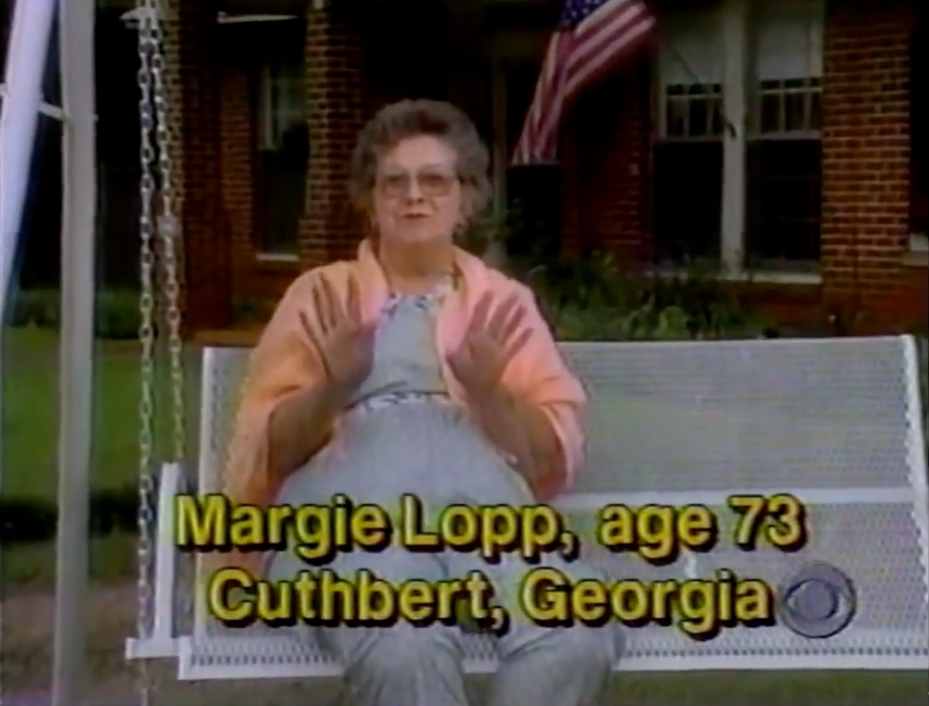Fifth Third Bank never had a problem signing up new customers; its problem was keeping them. A year ago, bank customers were closing nine accounts for every 10 opened.
“I don’t think we realized we were closing so many accounts,” says Andrew Rosen, vice president and deposit product manager. “We didn’t realize a lot of the open efforts were wasted.”
Within the last six months, the bank has cut its attrition rate in half. What has changed is the bank’s attitude toward retention, and a new program that alerts branch managers to call customers at the first sign of defection.
A year ago the Cincinnati bank provided data management firm Harte-Hanks Inc. with six months of daily transaction history for all of its 5 million customers.
Harte-Hanks applied its Allink Daily Deposit Builder — which comes with a package of 80 pre-built business rules based on customer activity — to the data. By analyzing what customers did weeks (and sometimes months) before they closed their accounts, Fifth Third was able to “teach” the program to recognize potential defection behavior, often 60 days in advance.
All this data formed the basis for Save or Sell (S.O.S.), a program Fifth Third began testing in late 2001, when it started providing phone numbers to 100 of the bank’s locations. It was a major success, and as of March had been extended to all 1,000 branches.
The program looks for warning signs, which can include decreases in transactions on bank-issued credit or debit cards. Customers who suddenly start increasing the number of balance inquiries they make may be trying to get a better handle on their finances before making final payments or shifting accounts.
Automatic teller machine use can also provide much important information. A customer reducing his level of ATM use may be using machines from another chain. This is even likelier to be true if the customer regularly uses the Fifth Third bank card in a competitor’s machine, or makes a fund transfer to another institution.
Not that these methods are foolproof. During the bank’s initial test in December, it immediately saw behavior across its base that indicated widespread defection. Customers in all locations were draining their checking account balances and increasing their debit card use. In some locations it appeared that twice the expected number of customers were getting ready to leave the bank.
The culprit turned out to be a jolly old elf. The bank hadn’t accounted for seasonality in its test, and what looked like a systemwide customer rebellion was no more than shoppers preparing for the holidays, many of whom were delighted to get calls from bank officials asking if everything was OK.
Daily Deposit Builder also allows Fifth Third to identify customers prime for additional products. Its “opportunity” program focuses on selling to those customers who appear likely to become more profitable, based on either demographics or increased account activity. In contrast, when S.O.S. prioritizes its retention efforts, it does so with an eye toward retaining those customers who are most profitable.
S.O.S. generates 2,000 leads a day, and the branches are making roughly 5,000 calls a week. A 15-person call center handles about 1,500 of the overspill calls each week.
The calls are usually an even split of attrition and upsell leads. An enterprisewide distribution system parcels out the leads to each institution.
Calls generated from within each branch location bring in $100 of additional profit, according to Rosen. When leads are parceled out to the bank’s call center, profitability drops to between $40 to $50 a call.
But there are other reasons why calls originating from the branch locations are more successful. At-risk customers often cite operational or service problems, such as errors on their statement or being charged an inappropriate fee. “If they are talking with a branch the bank can correct it and invite them to come in,” Rosen says.
In its first six months, the program has paid for itself twice over. Total costs for S.O.S. are under $1 million, including hardware, software and development costs, as well as the salaries of the call center employees.
“I attribute the results not just to Allink, but to educating people about the revenue potential of improving customer retention,” Rosen says.
In one case, a valuable customer had been flagged for making several large withdrawals. When contacted by a branch manager, the customer explained that he had been using the bank for years but that the employees didn’t know him. The manager apologized and invited him to come into the bank, where he was personally introduced to the other employees.
Every once in a while a perceived defector turns into an upsell opportunity. When a customer pulled $100,000 out of a bank account, the program flagged officials at his branch.
A manager at Fifth Third made a call, mentioned the withdrawal and asked if there was a problem with the bank’s service. The customer said he preferred to have the money sitting in his garage.
His garage? It turned out that a wealthy relative had left the customer $4 million, and the customer had purchased a new Rolls-Royce as a treat.
The manager offered her condolences and her congratulations — and arranged a meeting with a trust officer to assist in managing the balance.
S.O.S.’ benefits will not be limited to the telephone program. Fifth Third is evaluating its other customer segments and trying to determine if the Harte-Hanks system can be used to manage those relationships as well. In time Rosen also hopes to implement a program that will have branch employees automatically contacting valuable customers, whether they’re at risk of attrition or are upsell candidates.



